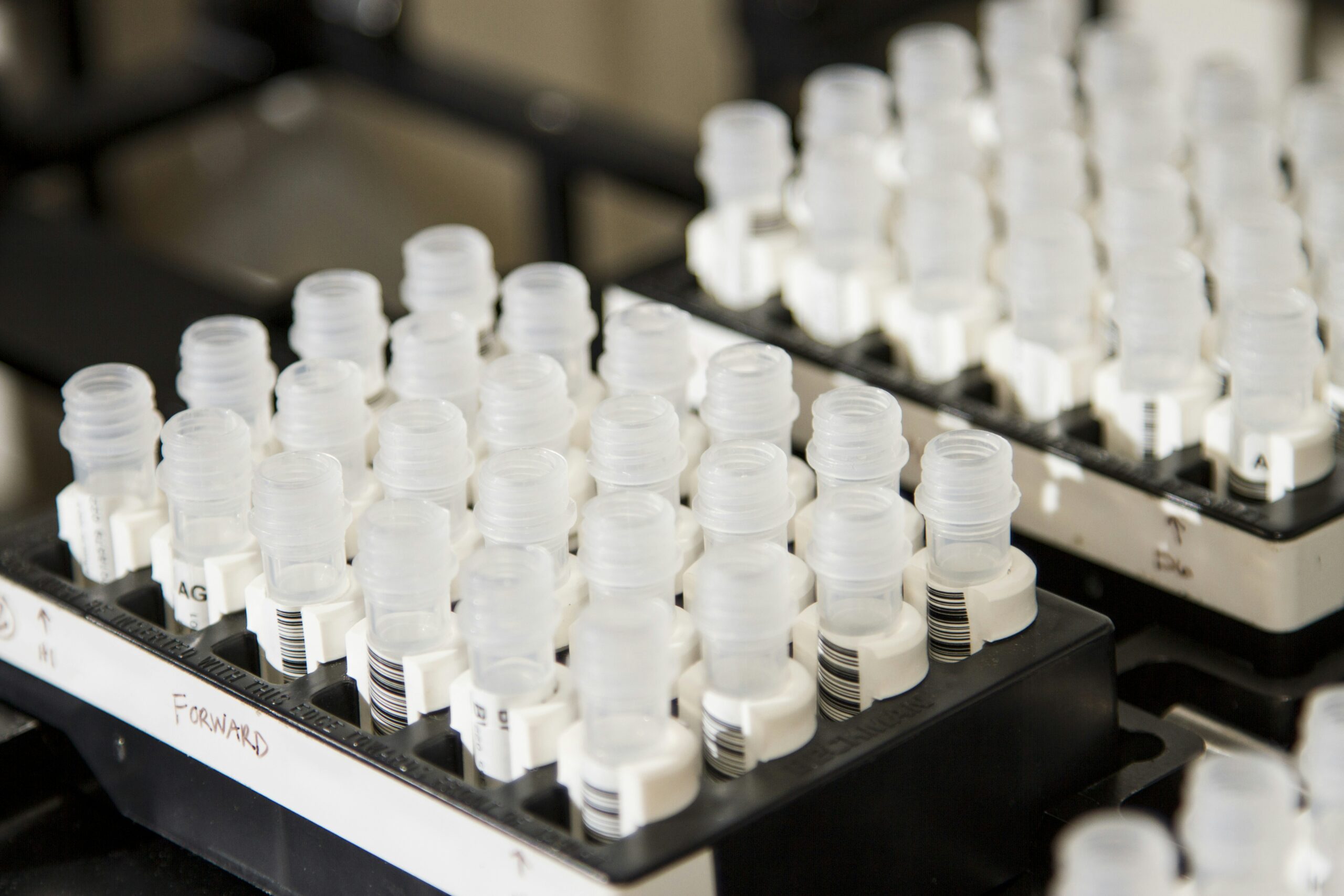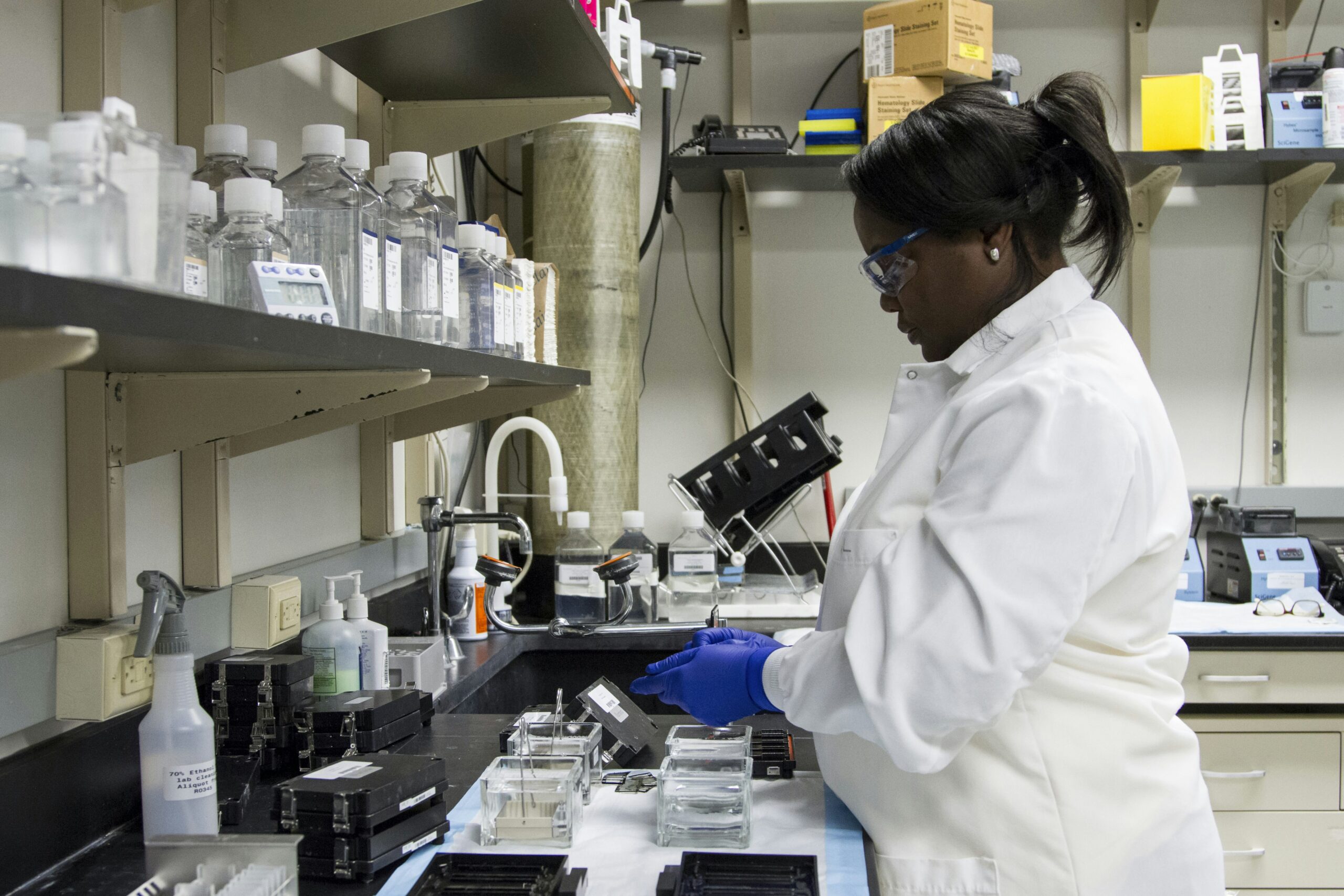Let's talk about the location of the prostate. Have you ever wondered if it is located in the pelvic region? Well, in this article, we'll explore the true whereabouts of the prostate and shed light on its position within the body. So, if you've been curious about this small but significant gland, get ready to discover where it actually resides.
Understanding the Prostate
The prostate is a small gland that plays an important role in the male reproductive system. It is located just below the bladder and in front of the rectum. Understanding the anatomy and function of the prostate is crucial in recognizing and addressing any potential medical conditions that may arise.
Anatomy of the Prostate
The prostate is a walnut-shaped gland that weighs approximately 20 grams. It consists of different zones, including the peripheral zone, central zone, and transitional zone. The peripheral zone is the largest and most common site for prostate cancer to develop. The central zone is responsible for producing semen, while the transitional zone surrounds the urethra, the tube that carries urine from the bladder out of the body.
Function of the Prostate
The main function of the prostate is to produce and secrete prostate fluid, which forms a significant portion of semen. This fluid nourishes and protects sperm, enhancing their motility and increasing their chances of successfully fertilizing an egg. Additionally, the prostate plays a role in controlling urine flow by compressing the urethra during ejaculation, preventing urine from mixing with semen.
Prostate-specific Medical Conditions
There are several medical conditions that can affect the prostate, some of which are specific to this gland and others that may impact the pelvic region as a whole. Common prostate-specific conditions include prostatitis, which is inflammation of the prostate, benign prostatic hyperplasia (BPH), which is an enlargement of the prostate, and prostate cancer. Other pelvic conditions, such as pelvic floor dysfunction or urinary incontinence, can also indirectly affect the prostate.
Locating the Prostate in the Human Body
To better understand the prostate and its significance, it is essential to know where it is located within the male anatomy and its relationship to other body organs.
Position of the Prostate in the Male Anatomy
The prostate can be found just below the bladder and above the pelvic floor muscles. It is positioned in close proximity to the rectum, allowing for easy access during certain medical procedures, such as prostate exams or biopsies. Its location is important for both diagnostic and treatment purposes.
Relative Position of the Prostate to Other Body Organs
The prostate is situated in a region known as the pelvic cavity. It is surrounded by various structures such as the bladder, urethra, rectum, and pelvic floor muscles. The close proximity of these organs highlights the interconnectedness of the pelvic region and emphasizes why pelvic health is vital for maintaining overall well-being.
Defining the Pelvic Region
Understanding the pelvic region is crucial in comprehending the role of the prostate within this anatomical area. The pelvis consists of both bony structures and soft tissues, housing various organs and playing a significant role in supporting bodily functions.
Bony Structure of the Pelvis
The pelvis is comprised of several bones, including the hip bones, sacrum, and coccyx. These bones join together to form a strong and stable structure, offering support to the body's upper weight and providing the foundation for the pelvic region.
Soft Tissues and Organs within the Pelvis
Within the pelvis, there are various soft tissues and organs, including muscles, ligaments, blood vessels, nerves, and of course, the reproductive and excretory organs. These soft tissues and organs work together to ensure proper functioning of the pelvic region, including the prostate.
Difference between Male and Female Pelvic Structures
While the basic structure of the pelvis is the same for both males and females, there are some key differences. In females, the pelvis is generally wider and larger to accommodate the reproductive organs necessary for childbirth. In males, the pelvic region is more confined due to the presence of the prostate and other male-specific reproductive structures.
Prostate as a Part of the Pelvic Region
The position of the prostate within the pelvic cavity and its interaction with other structures within the pelvis classify it as a part of the pelvic region.
Prostate Position within the Pelvic Cavity
The prostate is situated just above the pelvic floor muscles and below the bladder. Its close proximity to these structures allows it to play a vital role in urinary and reproductive functions. Understanding its position within the pelvic cavity is crucial for diagnosing and treating conditions related to the prostate.
Reasons for Prostate Being Considered a Part of the Pelvis
The prostate is considered a part of the pelvic region due to its location and its intimate connection with other pelvic structures. It is important to recognize that issues or conditions affecting the pelvic region may also impact the prostate, highlighting the need for comprehensive pelvic health care.

Investigating the Prostate and Pelvic Health
To ensure optimal prostate health, it is necessary to investigate and monitor both the prostate itself and the overall pelvic health.
Common Diagnostic Procedures for Prostate
There are various diagnostic procedures used to evaluate the health of the prostate. These may include a digital rectal examination (DRE), a prostate-specific antigen (PSA) blood test, and imaging studies such as ultrasounds or magnetic resonance imaging (MRI) scans. These procedures allow healthcare professionals to assess the prostate and detect any abnormalities or potential issues.
How Pelvic Health Impacts Prostate Health
Pelvic health, including the well-being of the pelvic floor muscles and surrounding organs, is closely related to the health of the prostate. Disorders such as urinary incontinence or pelvic floor dysfunction can impact the prostate's ability to function optimally. Regular pelvic health assessments and targeted interventions can help maintain prostate health and prevent potential complications.
Medical Conditions Affecting the Prostate and Pelvic Area
The prostate and the pelvic area can be affected by various medical conditions, some of which are specific to the prostate, while others have a broader impact on pelvic health.
Common Prostate Health Conditions
Prostate health conditions may include prostatitis, which is inflammation of the prostate, benign prostatic hyperplasia (BPH), which is the noncancerous enlargement of the prostate, and prostate cancer itself. Regular screenings and medical check-ups are important for early detection and prompt treatment of these conditions.
How Diseases of the Pelvic Region May Affect the Prostate
Certain pelvic conditions or diseases may indirectly affect the prostate. For example, urinary incontinence or pelvic floor dysfunction can disrupt the normal functioning of the pelvic floor muscles, potentially leading to complications or discomfort in the prostate. It is important to address and manage these pelvic conditions to maintain optimal prostate health.

Sexual Health and the Pelvic Region
Sexual health is intimately connected to the pelvic region, including the prostate. Understanding the role of the prostate in sexual health is crucial for overall well-being.
Role of the Prostate in Sexual Health
The prostate plays a significant role in sexual health as it produces a fluid that forms a part of semen. This fluid helps nourish and protect sperm, ensuring their viability and increasing the chances of successful fertilization. The prostate also contributes to sexual pleasure and the intensity of orgasms.
How Sexual Health Can Be Affected by Pelvic and Prostate Health
Any disruptions or conditions affecting the pelvic region, including the prostate, can impact sexual health. Prostate disorders such as BPH or prostate cancer may affect erectile function or lead to discomfort during sexual activity. Addressing pelvic and prostate-related issues is crucial for maintaining a healthy and fulfilling sex life.
Aging and the Pelvic Health
As men age, changes occur in the prostate and the pelvic area. It is important to understand these changes and their implications for overall health.
Changes in Prostate with Aging
With aging, the prostate tends to gradually enlarge, a condition known as benign prostatic hyperplasia (BPH). This enlargement may cause urinary symptoms such as frequent urination or weak urinary flow. Regular check-ups and early intervention can help manage these age-related changes effectively.
Aging and Its Impact on Pelvic Health
The aging process can also impact pelvic health as a whole. Muscles within the pelvic floor may weaken, leading to urinary incontinence or pelvic floor dysfunction. Regular exercise, maintaining a healthy lifestyle, and seeking appropriate medical care can help mitigate the effects of aging on pelvic health.
Common Myths and Misconceptions About the Prostate and Pelvic Region
There are various myths and misconceptions surrounding the prostate and the pelvic region, which can lead to misunderstanding and misinformation.
Clearing Misconceptions about Prostate Placement
One common misconception is the exact placement of the prostate within the pelvis. It is important to understand that the prostate is located just below the bladder and in front of the rectum, rather than inside the bladder or outside of the pelvic region. Clarifying this placement can help individuals better understand the prostate's role and potential health concerns.
Addressing Myths Involving Pelvic Region and Prostate Health
Misconceptions regarding pelvic region and prostate health can lead to inaccurate assumptions about the impacts of certain activities or lifestyle choices. Educating individuals about the true relationships between ejaculation, sexual activity, and prostate health can help dispel myths and promote accurate understanding.
Maintaining Prostate and Pelvic Health
There are various factors and practices that can contribute to maintaining optimal prostate and pelvic health throughout life.
Dietary Factors Influencing Prostate Health
Maintaining a healthy diet can positively impact prostate health. Consuming foods rich in antioxidants, such as fruits and vegetables, and incorporating healthy fats, like those found in fish, can support overall prostate health. Avoiding excessive consumption of alcohol and red meat may also have beneficial effects.
Exercise and Its Effect on Pelvic Floor Muscles
Regular exercise, including pelvic floor exercises, can help maintain the strength and functionality of pelvic floor muscles. Engaging in activities such as kegel exercises or yoga can contribute to better pelvic health and support the prostate's well-being. Consultation with a healthcare professional or a pelvic floor physical therapist can provide guidance on the most effective exercises.
Medical Check-ups Necessary for Maintaining Prostate Health
Regular medical check-ups, including prostate-specific screenings and assessments, are essential for maintaining prostate health. These check-ups can help detect any signs of prostate-related issues, such as abnormal growth or cancer, at an early stage when treatment is more effective. Open communication with healthcare providers allows for personalized care and appropriate intervention if needed.
In conclusion, understanding the prostate's anatomy, its position within the pelvic region, and its relationship to overall pelvic health is crucial for maintaining optimal well-being. Recognizing common medical conditions and dispelling myths or misconceptions can help individuals take proactive steps towards maintaining prostate and pelvic health. By prioritizing regular medical check-ups, adopting a healthy lifestyle, and seeking appropriate care when needed, individuals can promote their prostate and pelvic health throughout their lives.


